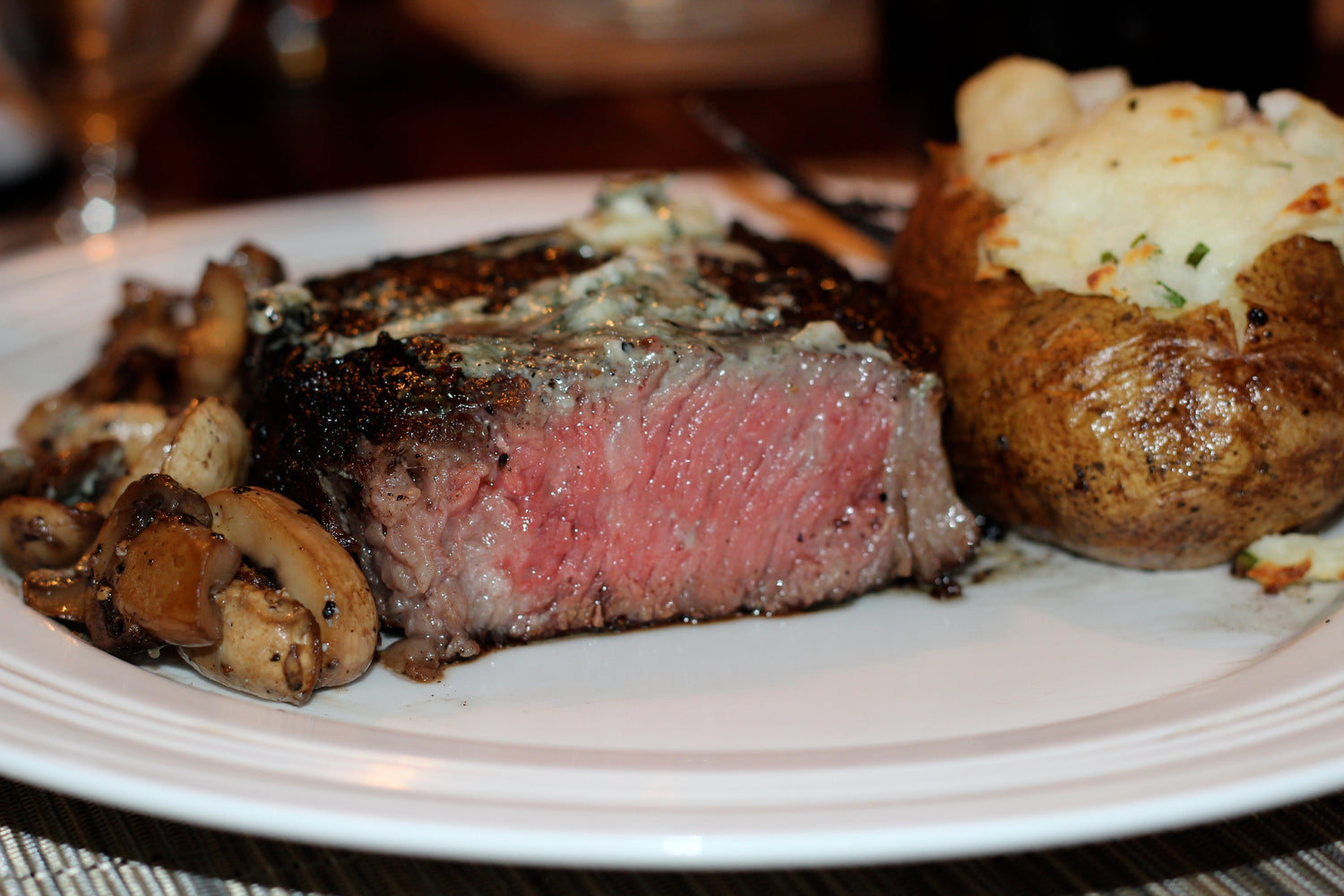While in Southern Europe one immediately realizes that the bond between the habits of the people and their love and respect for the land. This love and respect translates into the preparation of food that is healthy and satisfies not only the palate bu also the heart.
Charcuterie or Salumi is an ancient form of food preservation that the products like prosciutto were even used as currency in ancient times.
The basic principle of traditional dry cured meats is not only the reduction in moisture necessary for the preservation of meat, but also the development of unique dry cured flavours that only time can create.
The most common basic dry cured products generally recognized throughout the world are:
- Prosciutto - Dry cured ham is one of the oldest forms of Southern European charcuterie (versions of this product can be found in almost every country with a Mediterranean coastline. The first evidence of dry cured ham production was left by the Romans. The authenic Italian Prosciutto is made using only salt, time and passion as ingredients. Prosciutto is a full bone-in ham that typically takes between 8 -16 months to mature.
- Culatello - It is the smaller cousin of Prosiutto and is made from the rear part of the ham. Legeng has it that culatello was made by an inexperienced butcher who deboned a ham incorrectly and then salted and aged the meat. Culatello is typically cured with salt and pepper and then tied and hung for 12-16 months.
- Capicola/Coppa/Capocolo/Gabbagul...- it has many names and is perhaps the most popular of all charcuterie products. The first historical evidence of Capicola dates back to the early Middle Ages. The Coppa is made from the neck/shoulder muscle. It is salted and often spiced with pepper, ground cinnamon, cloves and numeg. Capicola typically matures over a period of 8-10 weeks
- Pancetta - has been around since it was in the lunch box of Roman legionnaires. It comes in two basic forms: tesa and arrotolata (flat and rolled). The pork belly is salted and spiced with pepper, bay leaf and other spices
UMAi Dry® allows you to create these products and more in your restaurant cooler or cold storage room.



